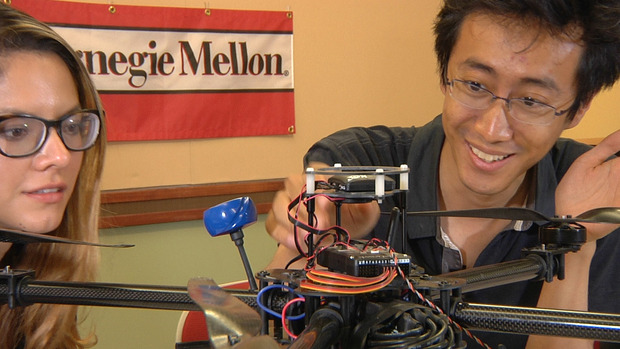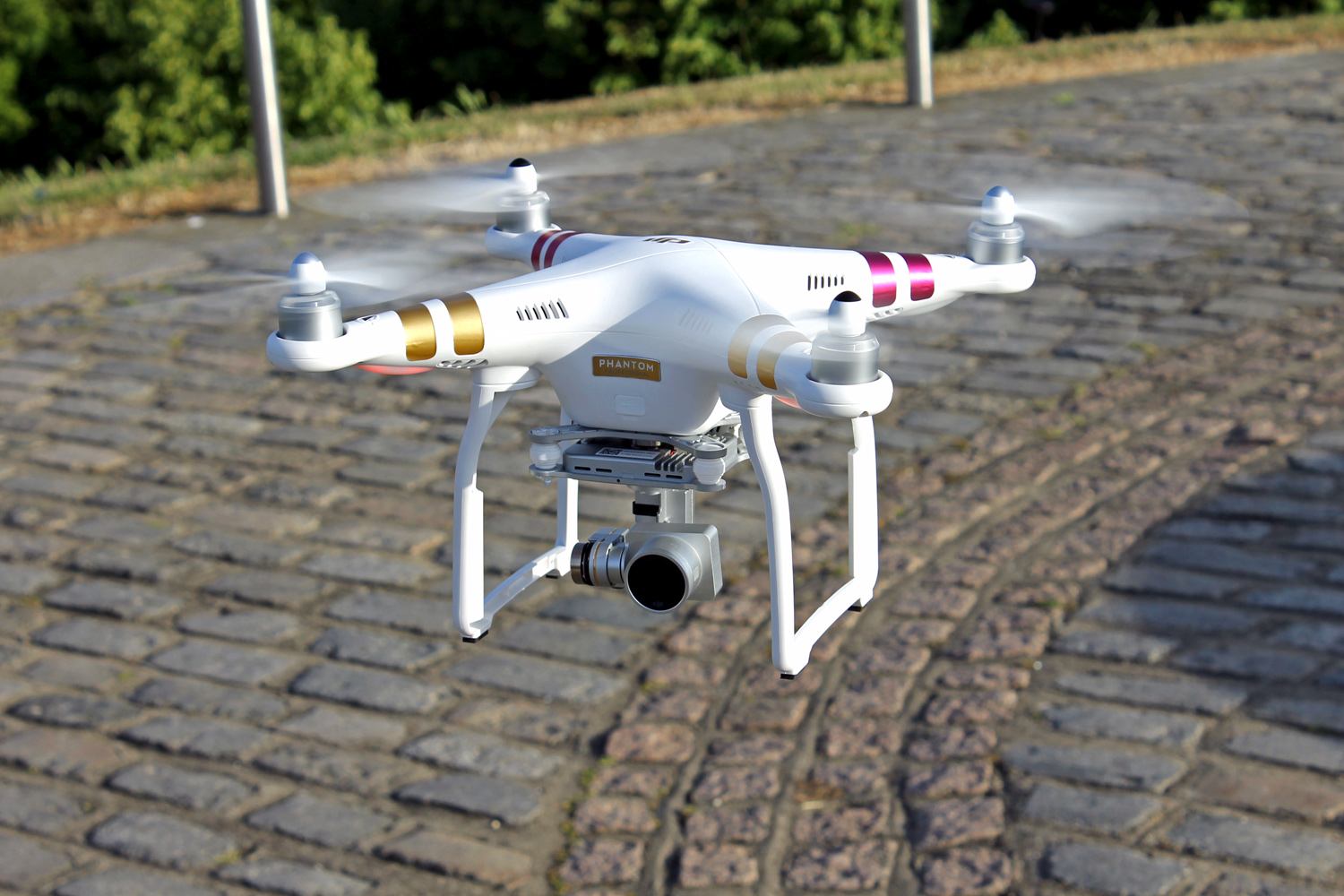A commercial airline pilot with 30 years’ experience claims the threat of drones crashing into aircraft is “much ado about nothing”. He points out how hundreds of mostly harmless annual bird strikes dwarfs the number of drone sightings made by pilots.
Chris Manno, a former US Air Force pilot who is now a captain for American Airlines, published a blog post which blames some media outlets for using drone sightings and the threat they pose to aircraft as a form of fearmongering. Manno explains how bird strikes happen “hundreds” of times each year, but because they rarely cause damage they are no longer considered newsworthy.
“What’s new is the opportunity for media and aviation ‘pundits’ to claim more screaming headlines by overstating the drone hazard…although the media and some wannabe aviation pundits claim there are ‘drones of 50-60 pounds,’ the fact is, the new, popular hobbyist drones are marvels of lightweight miniaturisation, weighing a fraction of that.” Popular drones, like the Phantom range by DJI, weigh around 1.2kg (2.6 pounds).
Bird strikes are so common they ‘are simply no longer news’
Manno says there are so many bird strikes each year that, by contrast to the rare but more interesting drone sightings, they “are simply no longer news,” adding: “Plainly stated, the travelling public – and thus the media – understand the exposure, accept it, and like the National Highway Traffic Safety death toll, ignore it.”
Hobby drones, which can in some cases fly at more than 1,500ft and be controlled through a video link to a smartphone or tablet on the pilot’s controller, have surged in popularity over the past 12 months. So too has the number of incidents where drones (and other model aircraft) have strayed too close to airports; in one case a model helicopter came within 20ft of a plane landing at London Heathrow.
Even if a plane were to hit a drone during takeoff or landing, Manno remains doubtful that any damage would be caused. He recalled how striking a duck weighing 10 pounds (4.5kg) did nothing more than smear his windscreen with “duck guts” and put him off his lunch. “None of the birds went into either engine. No aircraft systems were affected. Nobody (besides Pittsburgh tower) knew until after landing when we filed the required reports.
“This is a pretty good predictor of what might happen if the rare, statistically minute chance of a drone-aircraft collision were to occur: likely, nada.”
‘Misguided drone hysteria’
Manno admits that engine damage is possible when hitting birds or drones, but again argues against the “misguided drone hysteria” saying: “Of all the birds – man made or real – populating the skies around every major airport, drones are a minuscule fraction of the whole group that air travellers sensibly overlook day to day.”
A spokesperson from the UK’s Civil Aviation Association told IBTimes UK: “We, of course, agree that the risks presented by drones to manned aircraft has to be put in perspective. However, we know the potential impact on an aero engine from a collision with a drone weighing in excess of 3kg could be severe. The risks to helicopters is, of course, even greater.”
Recognising the lack of systems in place to prevent some drones from flying near airports, the CAA spokesperson added: “Airports carry out a significant amount of work to mitigate the risks of bird strikes, as a result serious incidents are fortunately very rare. However, at the moment, there are few control systems in place preventing drones flying in close proximity to manned aircraft – other than geofencing. Drone users therefore have to take responsibility and avoid flying close to airports.”
Geofencing uses a drone’s GPS chip to prevent it from flying in restricted areas, such as near airports and sensitive buildings in city centres.





